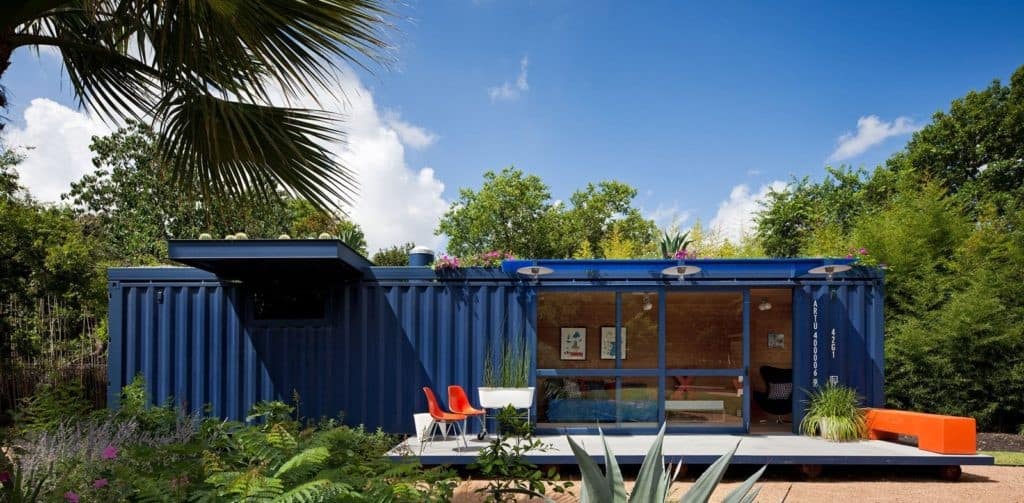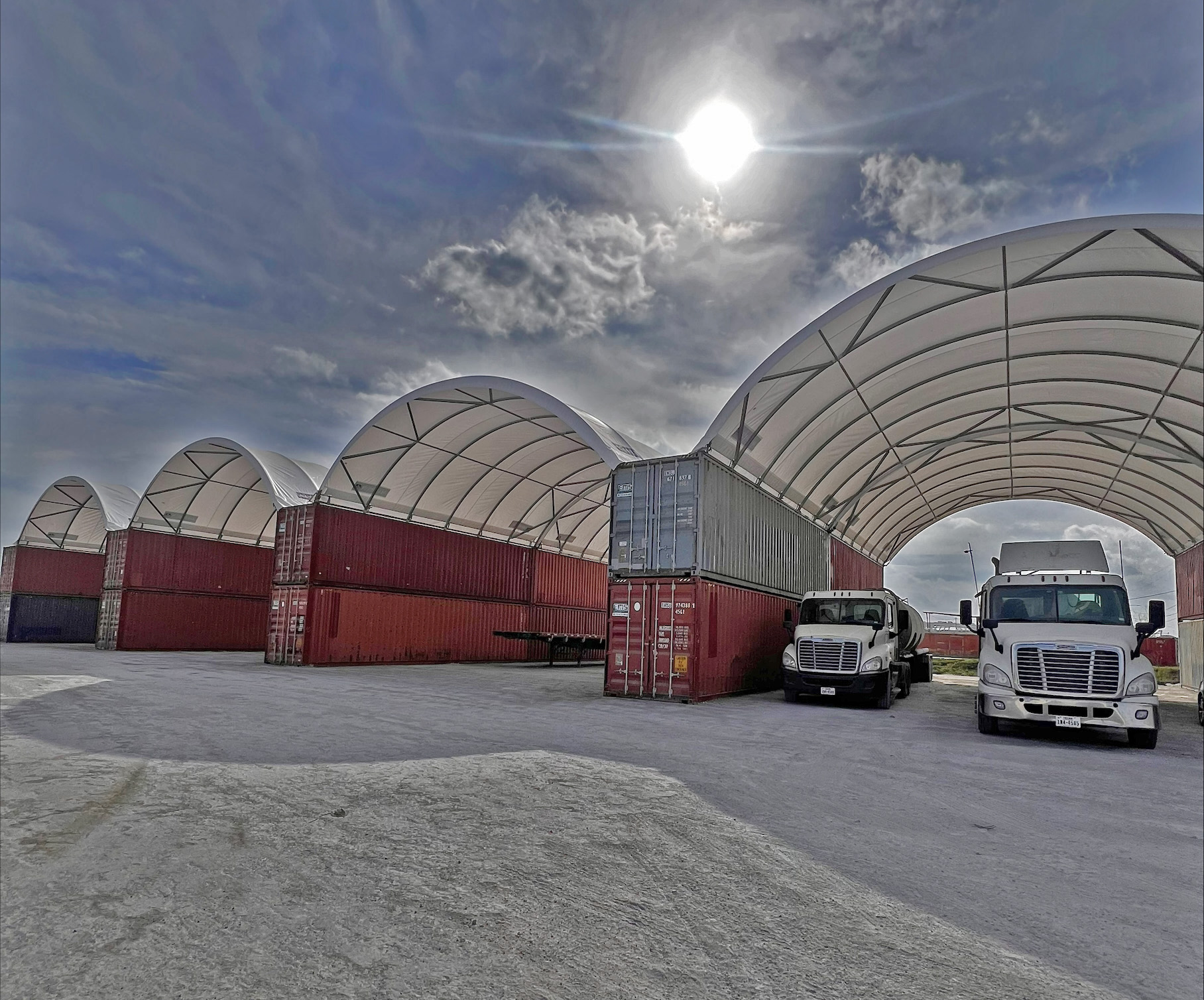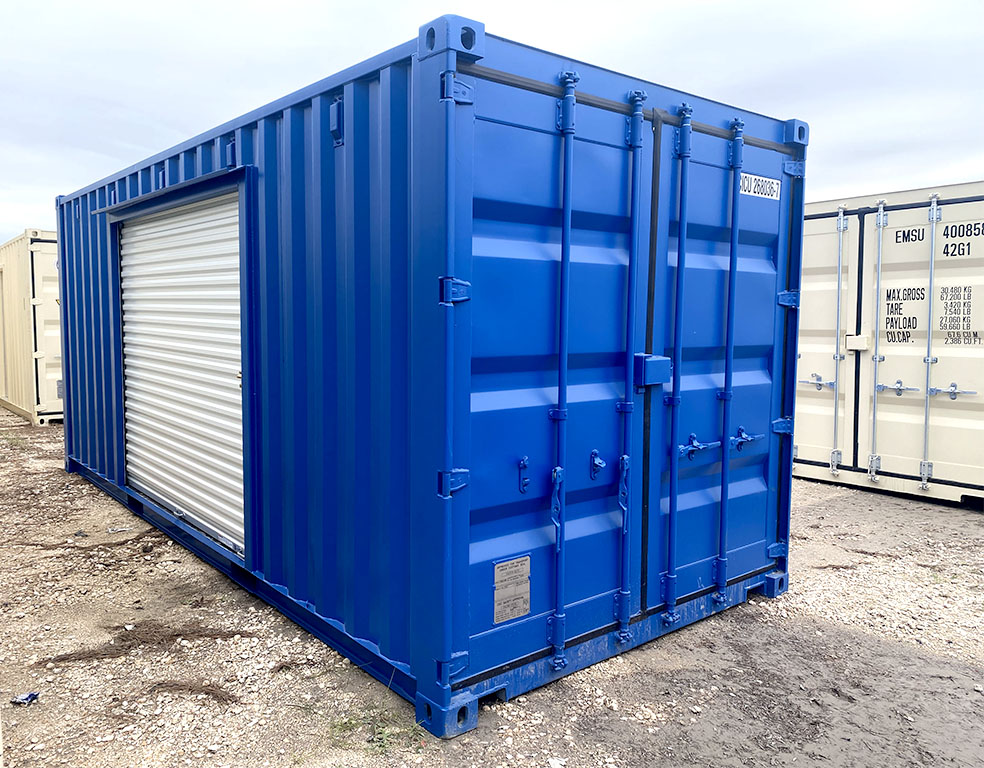Did you know that the shipping container was invented by an American entrepreneur named Malcolm McLean in 1956? And, it has since transformed the shipping industry and worldwide commerce.
Before today’s shipping containers, you transported goods on wooden pallets and in wooden crates. Alternative packaging ways were through boxes, barrels, or just wrapped in sheets.
It was a fantastic innovation that reduced unused space and slashed the time required to unload by up to three weeks. However, the most crucial development was the ability to move goods quickly between sea, road and, rail.
The success of shipping containers brought with it the new problem of upcycling used containers. Which were quickly begining to pile up in docks and container depots. That’s when inventive minds began the art of customizing shipping containers into a wide array of uses. Everything from mobile offices, pop-up shops to tiny homes.
There are many ways to approach a shipping container modification project for your own business. Are you unsure what exactly a container modification is, how it works, and what it’s for? Learn more about custom container design and modification here.
Shipping Container Construction
Manufacturers use 16-Gauge steel to build shipping containers. Shipping containers are used for the transport of heavy-duty loads of freight. Since transport containers sit on the deck of cargo ships, they must be resistent to very harsh weather conditions.
Generally speaking, these steel boxes are fireproof, waterproof, and almost unbreakable.
Containers are ideal for on-the-go work or storage due to their portability. A container has slots for forklift movement and built in corner molds for lifting via crane.
Container units are often not required to have foundations because of the support provided by their steel flooring. But, if you are keeping the container in the same location for more than 3 months, the recommendation is that containers have foundations.
What Is Custom Container Design?
Custom Container Design involves the process of transforming shipping containers into homes and other useful structures for humans, either temporarily or permanently. The custom container may be used as the main structure, a cabin, or even a workspace. Containers are also beginning to house computer data centers, although these usually need specialized containers with climate control units.
Besides serving as equipment enclosures and pop-up cafés, containers can also be used as exhibition stands, security shelters, and other structures. There is also an increasing demand for containers that can be modified to fulfill particular functions in the home markets.
What kinds of Containers are available?
The most frequently purchased shipping containers in the United States are 10, 20, and 40-foot modules. The unit’s length is the actual specified length of the container. Containers carried by cargo ships must have a set width of eight feet.
They all fit comfortably onto the flatbed of a truck to be transported to the area of use. Depending on requirements and budget, you’re sure to discover a container size and style that meets your needs.
New or 1-Trip Containers
The containers have either just made one crossing of the sea or are brand new when purchased. Therefore, they are generally more expensive than the other available containers.
Waterproof Containers
Steel containers are available in various qualities. Grade A containers are in the best condition, with minimal dents, corrosion, and holes. Unfortunately, they are also the most expensive. Look for grades A and B if you are looking to use a container for container offices, pop-up containers and/or containers homes.
Re-Conditioned Containers
Sometimes to conceal any structural flaws, container units have already been polished and repainted. But, before you purchase a reconditioned container, ask the supplier a few simple questions.
Was the unit prime coated before painting? Before the rework, what grade was the container? A hastily applied coat of paint can only last a while before the rust begins to appear.
As It Stands
If you’re looking for the most cost-effective alternative, “as it stands,” containers are the best choice. Unfortunately, most of the time, “as it stands” containers include flaws such as holes or broken locks. So before you purchase them, go over the container with a fine-tooth comb to check for any major show-stopper flaws.
What Can You Use Shipping Containers For?
Humans’ inventiveness has no limits. Humans have turned numerous things intended for one function into another. Refurbishing is a creative method to reuse outdated items and prolong the life of valuable building components. Here are some successful container modification uses.
- Affordable living homes
- Swimming pools
- Pop-up containers used as restaurants
- Container offices
- Container modular structures for hotels
- Container storage sheds
- Emergency health facilities
- Container classrooms
- Container workshops
- Container garages
There is a multitude of innovative applications for shipping containers available today.
What’s your container modification idea?
Anticipate seeing more shipping containers outside of shipping yards in the future. This is because more people are becoming aware of the potential of shipping containers for alternate uses. Shipping containers may be used for a range of projects, and the options are limitless.
If you’re interested in learning about some innovative applications, please get in touch with us. Our company is your first port of call if you are looking for a quality provider of both new and used shipping containers in Texas.










